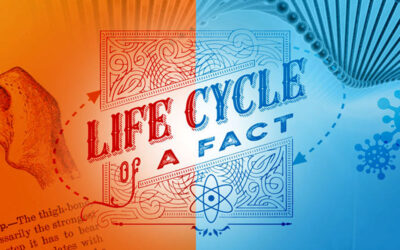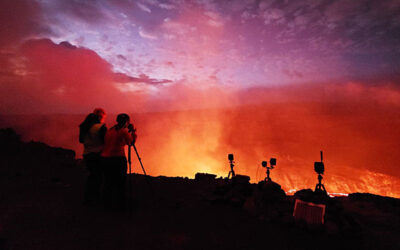
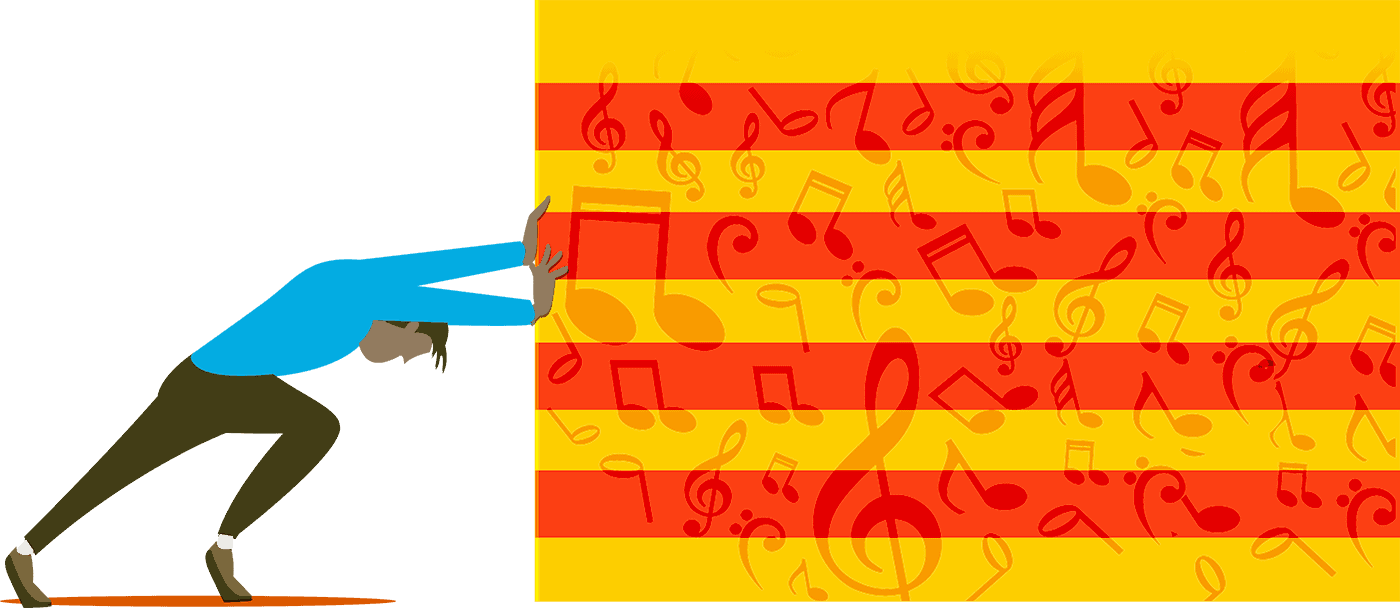

Preserving the rich traditions of Catalan music
Ask Isaí Jess Muñoz what inspired him to pursue a career in classical music, and he will tell you about the day that opera singers visited his hometown elementary school in Orlando, Florida.
“After hearing these ethereal sounds at the ripe age of 10, I ran home and told my parents that I wanted to be an opera singer,” said Muñoz, associate professor of voice and opera in the University of Delaware’s School of Music.
He auditioned for the Orlando Opera Company children’s chorus soon after, hoping to secure one of a few coveted spots. Muñoz grew up singing in the church and listening to the music of his Puerto Rican and Mexican heritage but had no formal training.
“All of these kids had sheet music; I didn’t even know what sheet music was. I walked in with a boom box and a karaoke cassette track. They must have heard potential in my voice because they accepted me on a full scholarship,” he said.
Today, the Latinx tenor is receiving wide acclaim for his audio recording titled Visca L’Amor: Catalan Art Songs of the XX and XXI Centuries, released worldwide in 2021. The album is a collaboration with Russian-Israeli pianist Oksana Glouchko, UD collaborative pianist and chamber music coach, that illuminates the rich cultural traditions of Catalan music.
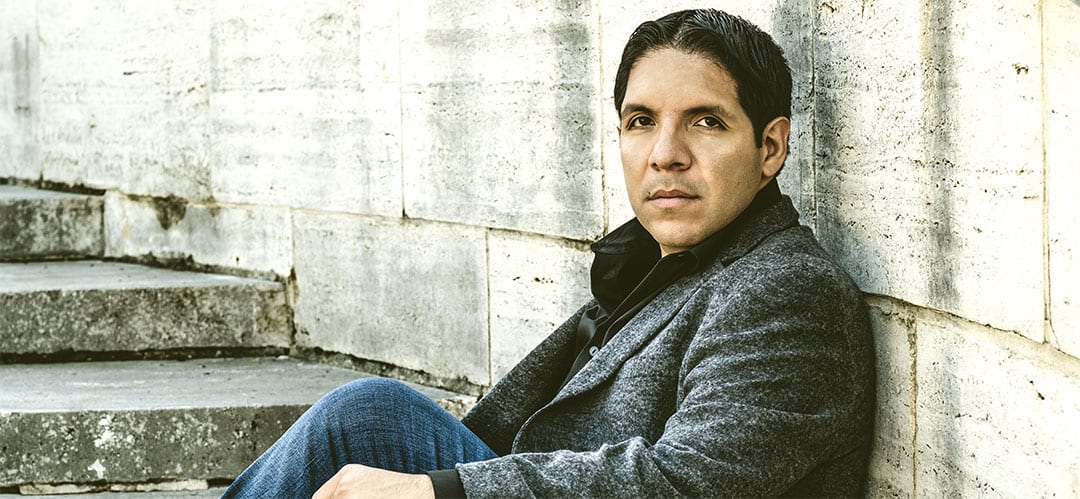
ABOVE: With a radiant voice, intense theatricality, and a profound understanding of art song and operatic repertoire, tenor Isaí Jess Muñoz has collaborated with some of the world’s leading ensembles. Photo courtesy of Isaí Jess Muñoz.
CATALONIA, SPAIN
A Region Steeped in History
Catalunya, or Catalonia, is the autonomous region in northeastern Spain that sits along the French border of the Pyrenees Mountains. The region’s official language, Catalan, was censored and repressed during the social and political upheaval of the Spanish Civil War (1936-39) and the Francisco Franco dictatorship (1939-75).
Compared to the vast reference materials devoted to historical North American and central European classical song literature, little is known about Catalan art song, aside from the existing recordings of a few native composers and opera singers. Visca L’Amor: Catalan Art Songs of the XX and XXI Centuries furthers the scholarship in Catalan vocal literature. The project was made possible with the support of a University of Delaware General University Research grant.
CATALONIA, SPAIN
A Region Steeped in History
Catalunya, or Catalonia, is the autonomous region in northeastern Spain that sits along the French border of the Pyrenees Mountains. The region’s official language, Catalan, was censored and repressed during the social and political upheaval of the Spanish Civil War (1936-39) and the Francisco Franco Dictatorship (1939-75).
Compared to the vast reference materials devoted to historical North American and central European classical song literature, little is known about Catalan art song, aside from the existing recordings of a few native composers and opera singers. This project, made possible with the support of a 2018 University of Delaware General University Research grant, furthers the scholarship in Catalan vocal literature.
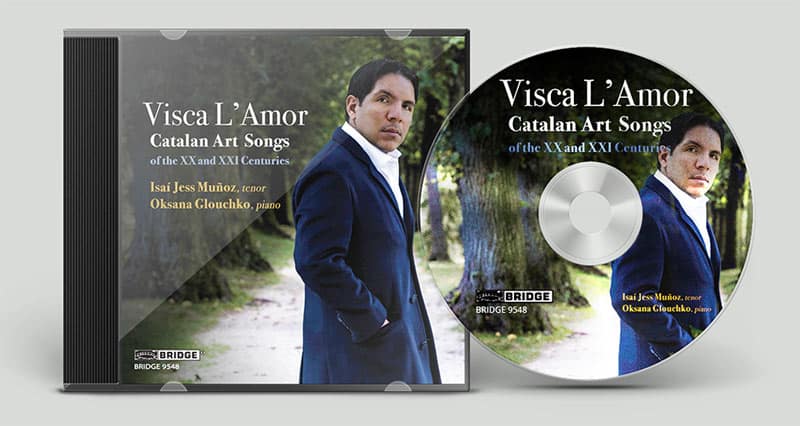
The San Francisco Classical Voice called the album a “vibrant new recording distinguished by the quality of its unusual repertoire” while Fanfare Magazine called the project “a cultural milestone” and Glouchko’s pianistic contributions “luminous.” It’s been recognized internationally, too, by Gramophone and Institut Ramon Llull, a consortium considered “the official authority on the Catalan language,” among others.

Q: What is Catalan art song?
Muñoz: When people think of classical Spanish music, they often think of flamenco or zapateo. Generally speaking, Catalan art song is more subdued. It has its own distinctive musical voice, rich in abstract harmonies, provocative and intimate, nostalgic. Many Catalonian composers of the period fled Spain for France when they saw the oppression they were facing. They studied with impressionist composers — Claude Debussy, Maurice Ravel, Paul Dukas — staples in today’s teaching and performing canons. When these Catalonian composers later returned to Barcelona, their music had evolved into a fusion of French neoclassicist and impressionist techniques paired with their own musical heritage.
Q: Are there themes in the music?
Muñoz: The album is called Visca L’Amor, long live love. Although the melodies on the disc are beautiful and the poetry often points to physical desire, this is not a Valentine’s Day album. This project documents the cry for love of country, for fraternal affection, for national identity — a yearning that is explored through musical and poetic colors. It reminds us that democracy is fragile and that fascism is still an ever-present danger.
Q: What research goes into a project like this?
Muñoz: Research is at the heart of any successful recording project. I’m always surveying music — its history and style — studying the quality of the writing and its story, considering the poet and composer’s journey. I love working with UD pianist Oksana Glouchko because we’re constantly sharing repertoire suggestions, and we rarely perform a piece that we aren’t both excited to explore. We stay current with the latest trends in the audio recording industry, and we collaborate with others … linguists, musicians, composers, sound engineers, publishers, publicists and more. Like many of my colleagues, research also informs my teaching.
Muñoz: Over 9.5 million people around the world speak Catalan. It was important to pay tribute to music of the past but also to celebrate the work of living Catalonian composers today, such as Elisenda Fábregas. Early in our collaboration, it was clear that Elisenda was working to align her ideas with ours. The result is a song cycle based on poems by Bartomeu Rosselló-Pòrcel (1913–1938), a Spanish Balearic poet whose poetry used the symbolic presence of fire and related words, such as flame and ash, as metaphors of purification, change and mystery.
Q: How do you learn to sing in a foreign language?
Muñoz: Have you ever noticed the phonetic breakdown after a word in the dictionary? That transcription of how to pronounce the sounds in a word, called the International Phonetic Alphabet (IPA), is how singers study foreign language. Members of the classical vocal field (singers, vocal coaches, stage directors) typically have command of several European languages besides English (Italian, German, Spanish, Norwegian, to name a few). UD undergraduate students whose instrument is their voice study lyric diction for three semesters, which provides straightforward tools for pronunciation, enunciation and articulation, and expression in the sung application of various languages. By graduation, students are fluent enough in IPA and other tools to decode other languages, such as Catalan.
Q: Is there a science to singing?
Muñoz: Just like athletes work their muscles in specific ways, singers must train the vocal folds, which are muscles, and articulators in the face — the jaw, the tongue. We learn how the teeth work in conjunction with these muscles to create something high level. We study acoustics, voice science, anatomy and physiology, cognitive neuroscience, speech therapy and linguistics. We learn whole body approaches to singing and the influence of body integration on voice production, too, so that we can become as emotionally connected to what we’re singing as the words we say in our native tongue.
Q: How does your work contribute to student scholarship?
Muñoz: I often bring in professional colleagues to work with my students, and as time and resources allow, I take students to conferences, concert tours, recording sessions and even invite them to join strategic planning conversations related to upcoming projects. You never know what exact word or experience may provide them with information that launches their big break. My hope is that sharing ideas and resources that I’ve collected through the years can inspire the students I’ve had the privilege to mentor.
Q: Why is elevating this music from 20th- and 21st-century Catalonia important?
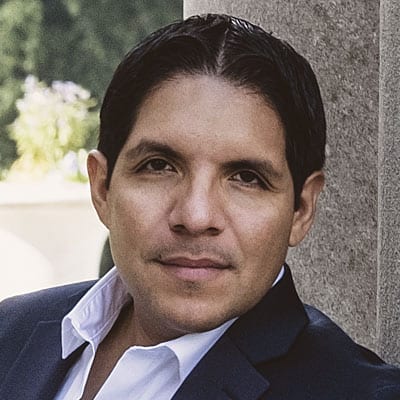
VOCALIST
Isaí Jess Muñoz is an associate professor of voice and opera in UD’s School of Music and project principal investigator. In addition to his role at UD, Muñoz regularly collaborates with some of the world’s leading ensembles, including the New York Philharmonic and Alvin Ailey American Dance Theatre on Broadway.
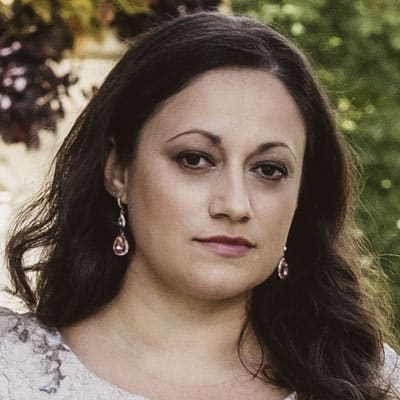
PIANIST
Oksana Glouchko, project co-principal investigator and UD collaborative pianist and chamber music coach, has performed with the Chile Symphony Orchestra, Rishon-Lezion Symphony Orchestra and the Carter Symphony Orchestra of Tel Aviv, among others.
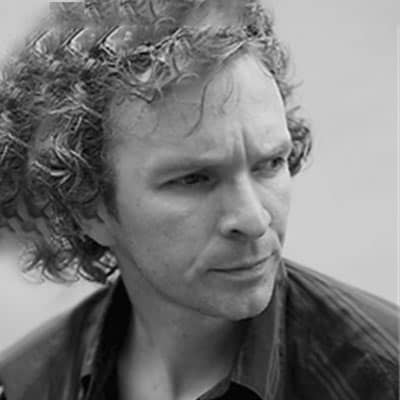
PROJECT ENGINEER
Andreas Meyer, adjunct music instructor at UD, is a Grammy award-winning engineer.
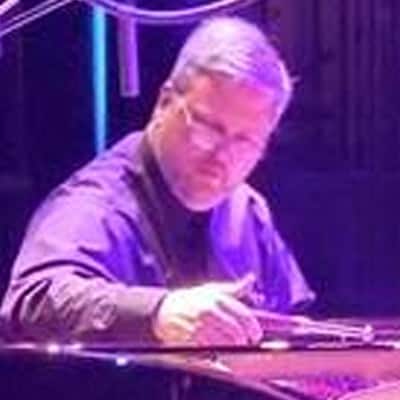
PIANO TECHNICIAN
Kevin Freer is an apprentice piano technician at Boston Symphony Orchestra in Boston, Massachusetts.
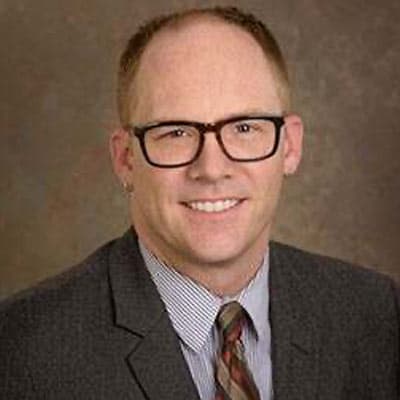
LINER NOTES EDITOR
Philip Gentry, associate professor of music, specializes in the history of music and politics in the United States during the 20th century.
“The melodies are not just beautiful, all of these composers were exceptional pianists. The high level of craftsmanship makes this repertoire worthy of broader dissemination and programming alongside the works of Beethoven, Schumann, Schubert and other major composers.”
— Isaí Jess Muñoz
Did You Know?
MORE STORIES
Life Cycle of a Fact
Is there any such thing as a fact? Who and what can we trust these days? Here’s the method to stem the madness.
True Adventures
Kīlauea volcano offered up an incredible spectacle while UD doctoral student Abigail Nalesnik was there doing fieldwork.
Adding Peril to a Pandemic
As our world continues its struggle against the COVID-19 pandemic, another global threat has proven tougher to arrest, just as lethal and likely to be a key factor in crises to come.
Getting the Message Right
It’s a problem almost as old as time: You think your words are clear, but your audience seems to hear something different than you intended—or worse, they don’t really hear you at all.
Test Your Knowledge
How much plastic is around us and how can we stem the plastics pollution problem? Take the quiz!
Research Leadership Announced
Kelvin Lee has been appointed interim vice president for research, scholarship and innovation at UD.
Celebrating Excellence
Check out the UD faculty and students who have won national recognition for their expertise and contributions.
News Briefs
Did you know the world’s longest-operating solar research institute is at UD? Or that some old books could be poisonous? Tap into our recent discoveries and leadership appointments.


